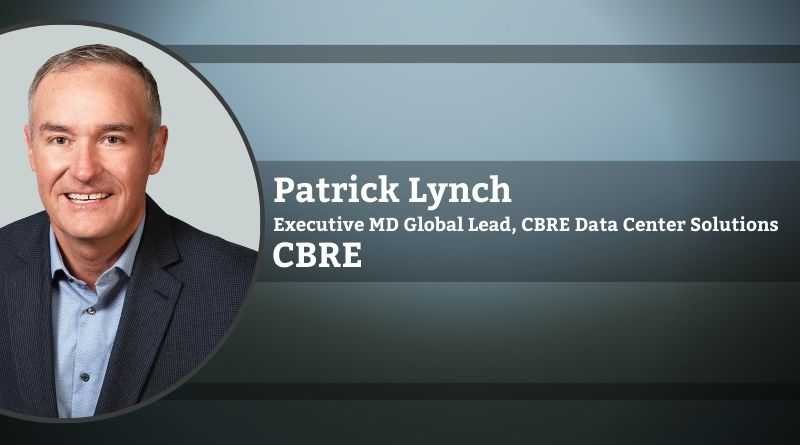Planning Ahead: How Data Center Leaders Can Navigate the Era of Constrained Data Center Supply
By Patrick Lynch, Executive Managing Director Global Lead, CBRE Data Center Solutions, CBRE
Data center construction activity has hit record highs, but extended timeframes caused by power constraints, supply chain disruptions, and labor shortages are severely impacting project delivery timelines. CBRE Research reports that data center construction across U.S. primary markets surged 25% in H1 2023 to a total of 2,288 megawatts (MW) under development. However, lead times for new build outs now range from 2-6 years, compared to just 1-3 years prior to 2020.
For CIOs, IT managers and technology leaders, these trends create heightened complexity in planning and securing future data center capacity amidst explosive demand growth. Careful strategic planning and early engagement with providers, for new requirements as well as site renewals, is now mission-critical to ensure future demand can be met.
Driving the new, massive capacity development surge are hyperscalers aggressively expanding their footprints, with Northern Virginia seeing a 284% explosion in under construction supply in just 20 months. But transmission power infrastructure and equipment supply chains have not kept pace with the torrid demand increases. Obtaining new substations, building and upgrading transmission lines, and procuring backup generators now involve multi-year wait times.
Today’s data center landscape presents major capacity challenges driven by surging demand and constrained supply.
Best Practices
In this new era of high-demand and constrained supply environments, enterprises need to take a proactive approach to forecasting future capacity requirements. Recommended steps include:
- Build 5+ year timeframes for new data center construction or expansions into forecast models.
- Explore possible ways to maximize efficiency in existing facilities through higher density configurations.
- Implement advanced analytics to improve long-range demand forecasting accuracy.
- Partner early with data center providers to reserve future capacity and renew current space in advance.
Implications for Technology Leaders
- The data center supply dynamics have major implications that CIOs and technology leaders need to consider: Existing facilities will need to absorb greater demand driven by delayed new construction. This increases the chances of overutilization.
- Postponing or staging the rollout of major new applications and workloads may be required if the current capacity is maxed out.
- Potential for greater performance risks and outages if existing data centers are overstressed.
- Additional budget needs to be allocated for expanded colocation or cloud capacity if self-build/on premises facilities are maxed out. Increases in current rent on existing locations, including increased annual escalators, are to be expected.
- Meticulous capacity planning and monitoring becomes crucial to fully utilize current facilities.
The construction delays also signal that business-as-usual practices will no longer suffice in the new data center landscape. Technology leaders should reevaluate strategies with an eye toward innovations that provide greater agility, resiliency, and speed-to-market.
For example, enterprises 10-20 years ago historically favored building and operating their own data centers in primary markets. But today, a colocation, hybrid, or multi-cloud model can provide more flexibility to scale. Capacity constraints are also driving companies to consider secondary markets where power availability, land, and incentives make new construction more feasible.
Another potential solution could be modular data centers. They allow incremental capacity rollouts to match demand growth in an expedited timeframe. For AI inference, smart devices and IoT, distributing capacity in smaller regional nodes close to users improves latency and business continuity compared to centralized mega-campuses.
Many organizations have also prioritized building large core data centers to achieve economies of scale. In the future, distributing capacity in smaller regional nodes close to users and IoT devices may be advantageous for latency and business continuity.
Today’s data center landscape presents major capacity challenges driven by surging demand and constrained supply. Navigating this requires enterprises to take a long-term, strategic view and reevaluate legacy practices. Close collaboration with data center providers is essential, given elongated construction timeframes. Providers can offer insights on innovations, supply chain issues, and early access to capacity. With careful forecasting, optimization of current facilities, and willingness to leverage flexible capacity options, enterprises can meet future infrastructure needs despite constraints.

